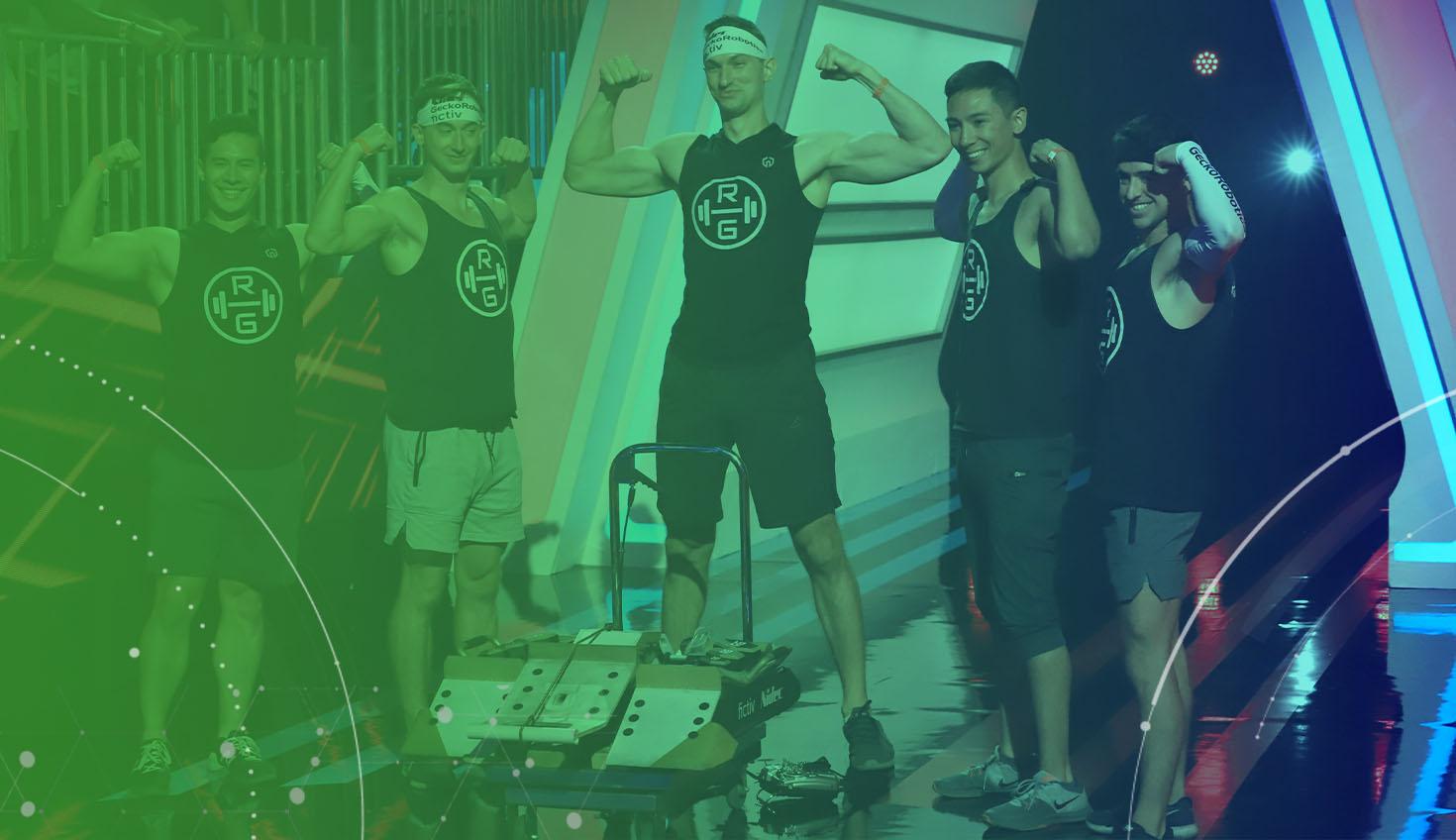
5:48
Most friend groups stay in touch through craft beer clubs, annual camping trips, or a series of summer BBQs.
But for BattleBots competitors Matt Birkel, Michael Rouse, Ryan Shulski, Alex Cuti, and Dan Tisza, building a 250-pound robot that can slam into another massive robot – all on TV – was more on par with their interests.
After all, they were all part of robotics competitions during their time studying at the University of Illinois Urbana-Champaign.
“When we graduated college, it was like, well, we want to keep doing this stuff. We're having fun doing it,” Matt said. “This is how we all met and how we've been friends through this shared activity.”
They began to participate in smaller-scale robotics competitions as individuals, building 30-pound robots. Although they helped, and occasionally competed against, each other with separate robot builds, there was a “go big or go home” moment that gave way to RoboGym – their official BattleBots team name.
“We said, ‘Hey, we've all lifted together. In college, we would go to the gym together anyway.’ That was where the idea for this team name, RoboGym, came from,” Matt said.
With a team name and a goal to build a 250-pound “killer” robot, it was time to prepare for BattleBots Season 5, which took place in Long Beach, California.
From left, Matt Birkel, Michael Rouse, Ryan Shulski, Dan Tisza, and Alex Cuti. Courtesy: RoboGym
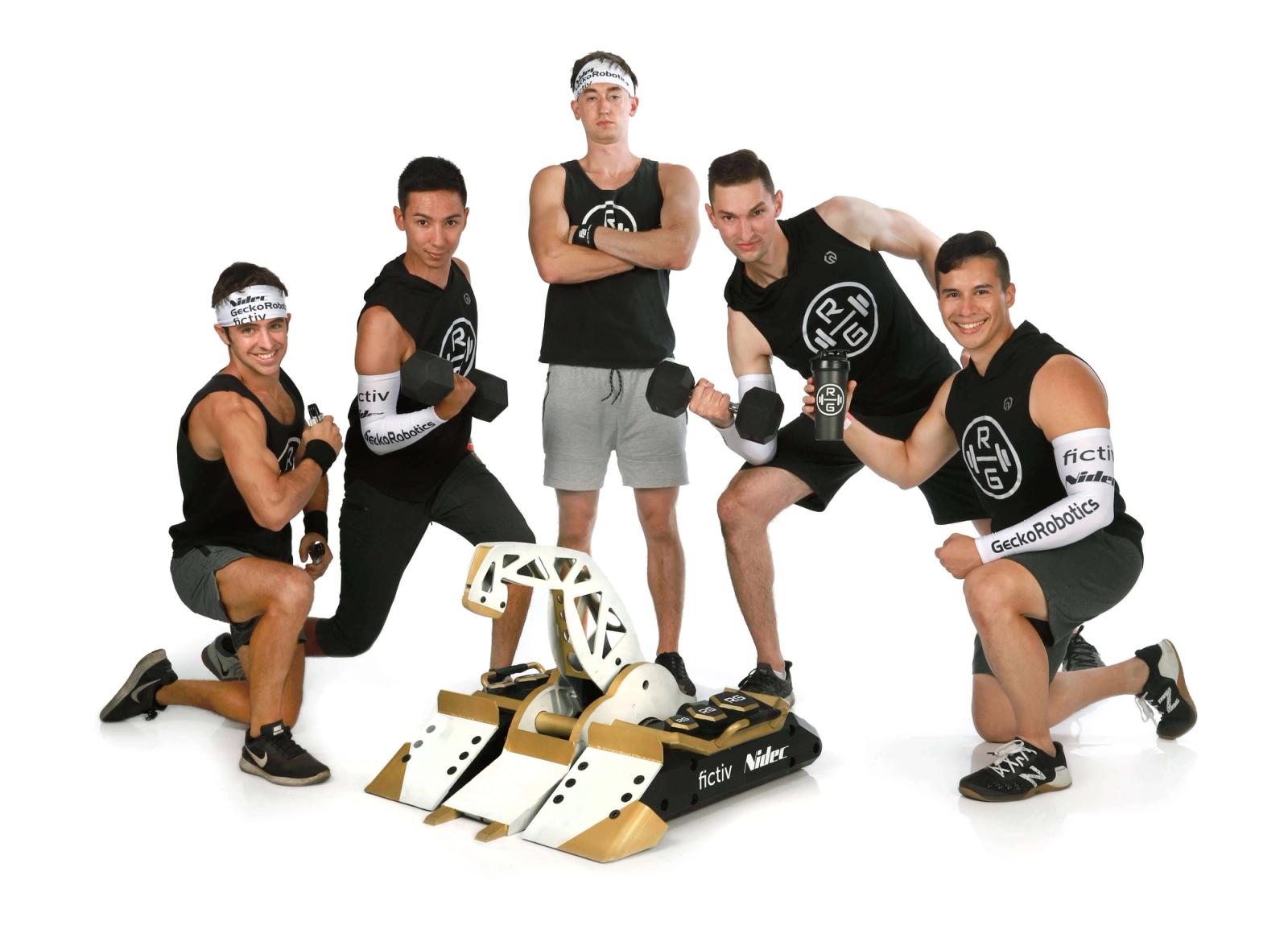
Preparing for BattleBots Season 5
While each team member has experience in robot design, the robot needed for a BattleBots competition presented a whole new set of challenges. There are new considerations, larger pieces to worry about, dealing with issues that come with scaling up designs, and arena hazards to deal with.
“There aren't really many examples in industry where you put a mechanical device through aggressive impact loading,” Matt said. “When a car drives over a pothole, the amount of relative shock is nothing compared to the amount of shock that the frame experiences in combat robotics when one of these spinning-bar robots slams it.”
Designing a robot built for destruction comes down to mindset, Dan said. “You quickly come to realize that your robot is only as good as its weakest link.”
“It’s not only about designing to avoid failure or designing to be as robust as possible. It’s also about how does it fail in a way that keeps the system overall functioning,” he added.
“It’s about trying to premeditate what’s going to break, but also learning from what does break and improving upon it, so it doesn’t happen again,” Michael said.
Robot parts. Courtesy: RoboGym
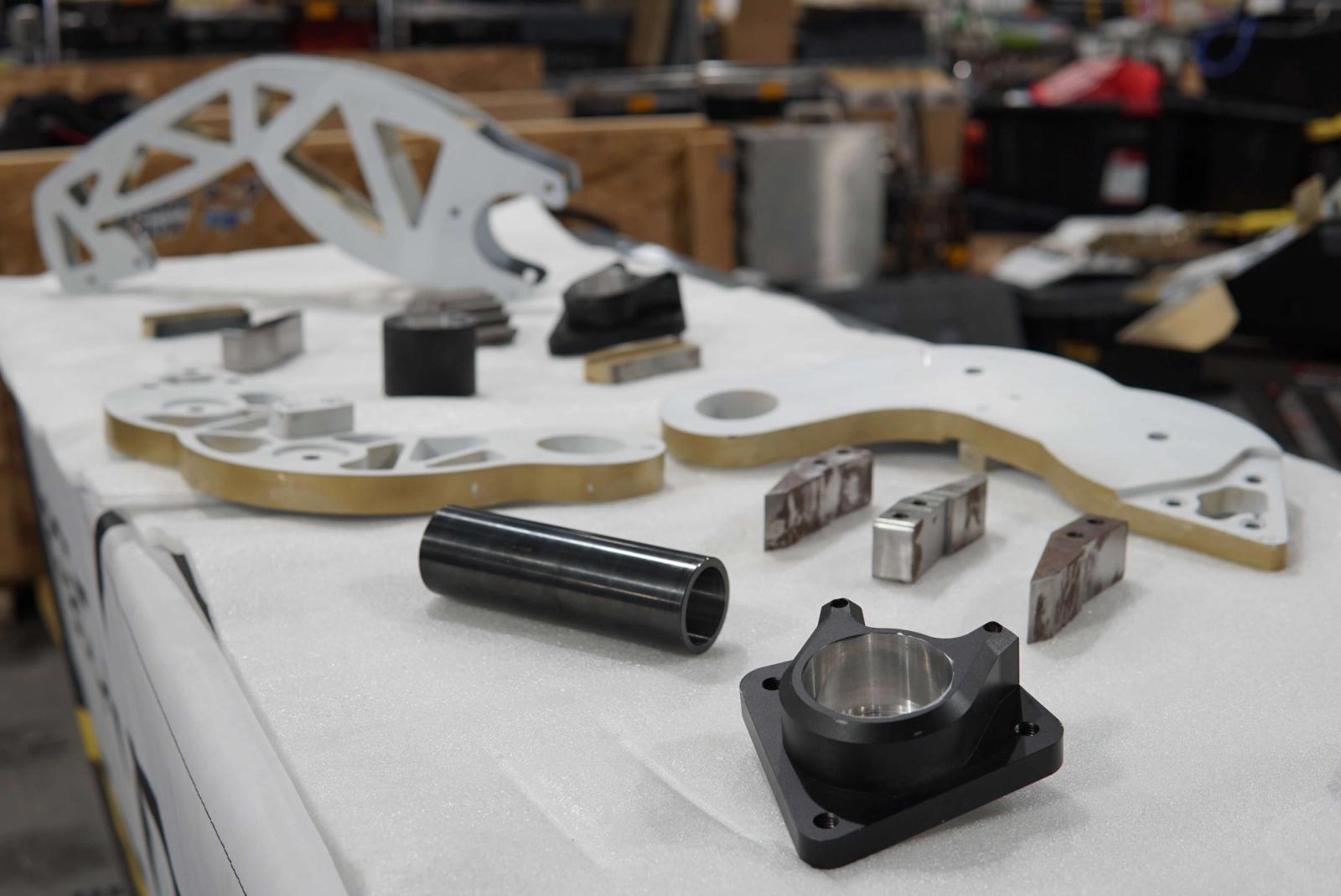
RoboGym’s First BattleBots Competition
The team’s heavyweight robot “Deadlift” made its debut against “Bale Spear,” which can be watched on the BattleBots YouTube channel. “Deadlift,” outfitted with a lifter and a flamethrower, won that match.
Their second match wasn’t as lucky, with a loss to “Mammoth”. The team experienced issues with some elements of the design, leaving them feeling disappointed.
“I'll be honest. It didn't work as well as we had hoped,” Dan reflected. “We had put all this work into it, blood, sweat and tears. This was the first time we were running it in the big ring where it can go full out and it had a little bit of a disappointing performance.”
“You learn a little bit of humility when you get in there and things don't work quite as well,” Matt added. “We definitely learned from that.”
As for the experience as a whole, the team felt the energy at the BattleBots arena.
“Seeing the sheer scale of the operation was really neat going into that first season,” Michael said. “When you first see all of the cameras, the lights, and you're wheeling the robot through the tunnel to come out into the competition for the first time, you definitely feel the nerves and the grandeur of the moment.”
Designing BattleBots with Cloud-Native CAD
The team’s Season 6 was a bit more successful design-wise, with a new lifter arm that can grapple. However, “Deadlift” lost the opening fight against “JackPot” and then to “Icewave,” leading to a re-examination of their design process.
“The thing that we learned from Season 6 was how to work better as a team,” Matt said, which led the team to use Onshape, the only cloud-native CAD platform with built-in data management.
To improve their collaboration, the team switched from their old file-based CAD systems to cloud-native Onshape, which enables version control, simultaneous workflows and transparency into design changes.
Looking back at seasons 5 and 6, organizing the robot’s CAD data was “kind of a mess,” Michael recalls.
“It was very hard to organize the team in general,” he said. “Part of the reason was that some of us used SOLIDWORKS and some of us used Autodesk Inventor,” leading to issues with transferring design data between the two systems.
Now, the team – all mechanical engineers except for Matt, who’s a software engineer – have seen an organizational transformation from the “Wild West” of individual folders filled with different file versions to streamlined, efficient teamwork.
Courtesy: RoboGym
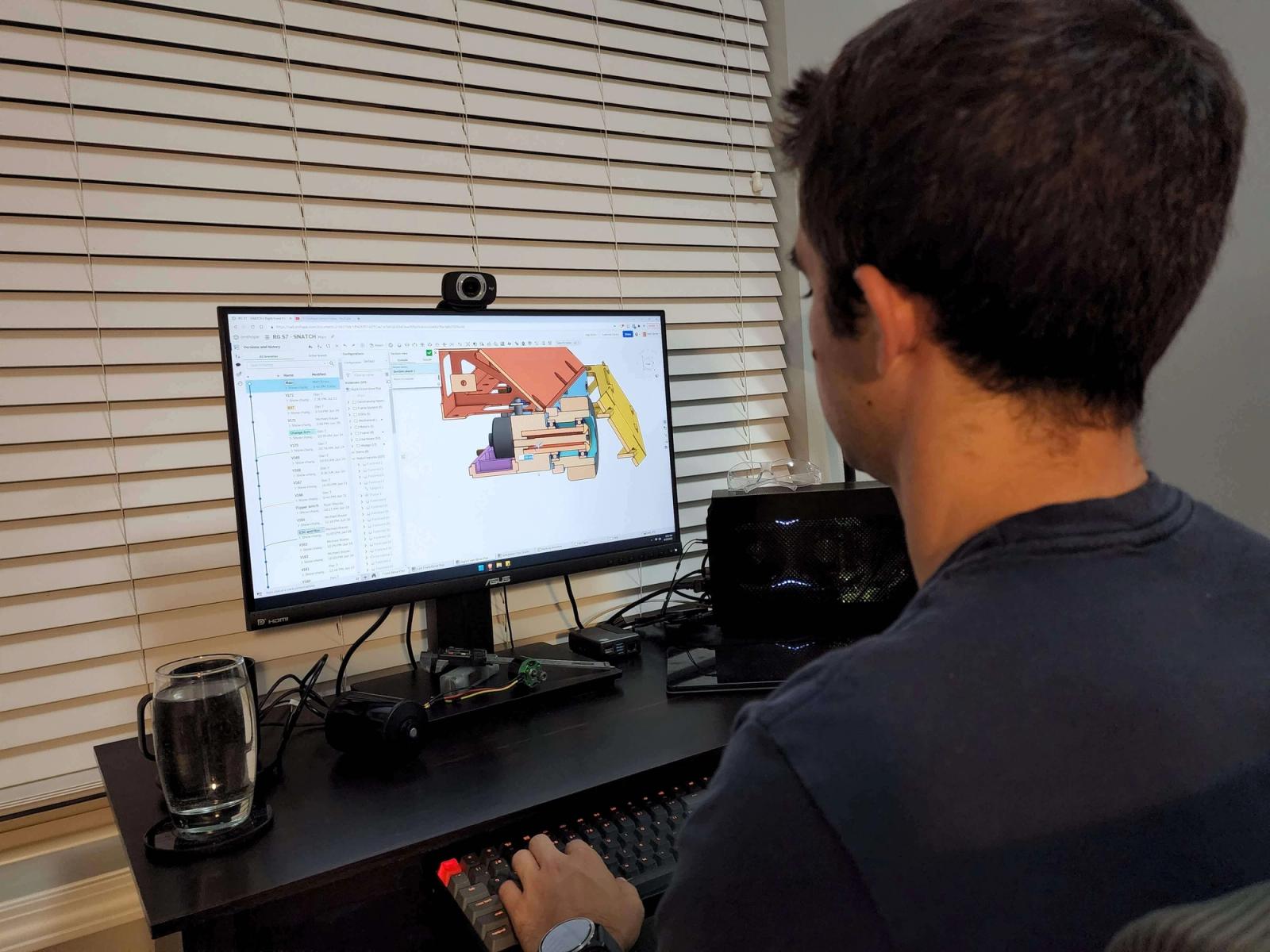
How Onshape is Helping RoboGym Build a Better BattleBot
1. Collaboration: “The fact we can all work on the same model at the same time is a huge benefit,” Michael said. “Especially since everyone lives in different states.”
2. Version control: Each team member is able to work on a part of the robot, branch off a design, then merge it back into the main model. “Having the more collaborative environment, having the more precision control over the model I think was kind of a night and day difference,” Dan said. “I think everyone on the team will tell you the same thing.”
3. Mobile access: Being able to see the model on a smartphone or tablet during the fabrication stage. “It’s very convenient,” Matt said. “Sometimes it’s the small things that make a big difference.”
4. Anywhere access: In older CAD systems “maybe the person who has the master model isn’t available to immediately respond,” Matt said. “The ability to have everyone be able to have access to the model and see all of those details [in Onshape] is very helpful.”
Next Up for Team RoboGym
With two seasons under their belt and a new CAD platform to leverage, the RoboGym team is hard at work designing their next fighting robot, tentatively named “Reflex.”
The benefits of using Onshape are helping the team build something bigger and better.
“With ‘Reflex,’ we are doing something totally new, totally off the wall, something's never been done in combat robotics before, which is an interesting riff off of a flywheel-powered flipper,” Dan said. “It uses this flywheel to spin up to super high speeds and we capture all the energy and use it to flip opposing robots.”
The team is planning to debut “Reflex” in an upcoming BattleBots season, so stay tuned!
Try Onshape Today
Head to our sign-up page to choose the right CAD plan for you and your team.
Latest Content
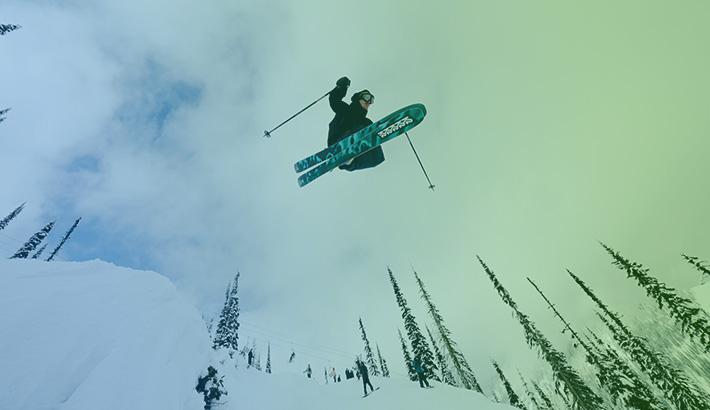
- Case Study
- Consumer Products
How K2 Skis Accelerated Product Development by 25% with PTC’s Onshape
01.14.2026 learn more

- Blog
- News from Onshape @ PTC
Onshape at CES 2026: Where Innovation Meets the Show Floor
01.05.2026 learn more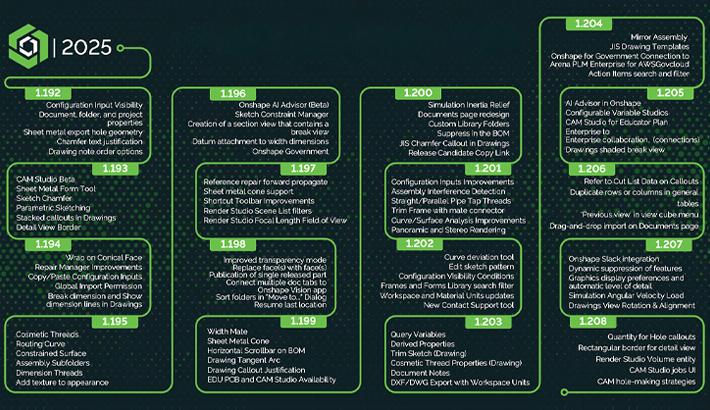
- Blog
- News from Onshape @ PTC
Onshape’s Top 10 Best and Newest CAD Design Software Features of 2025
12.23.2025 learn more



